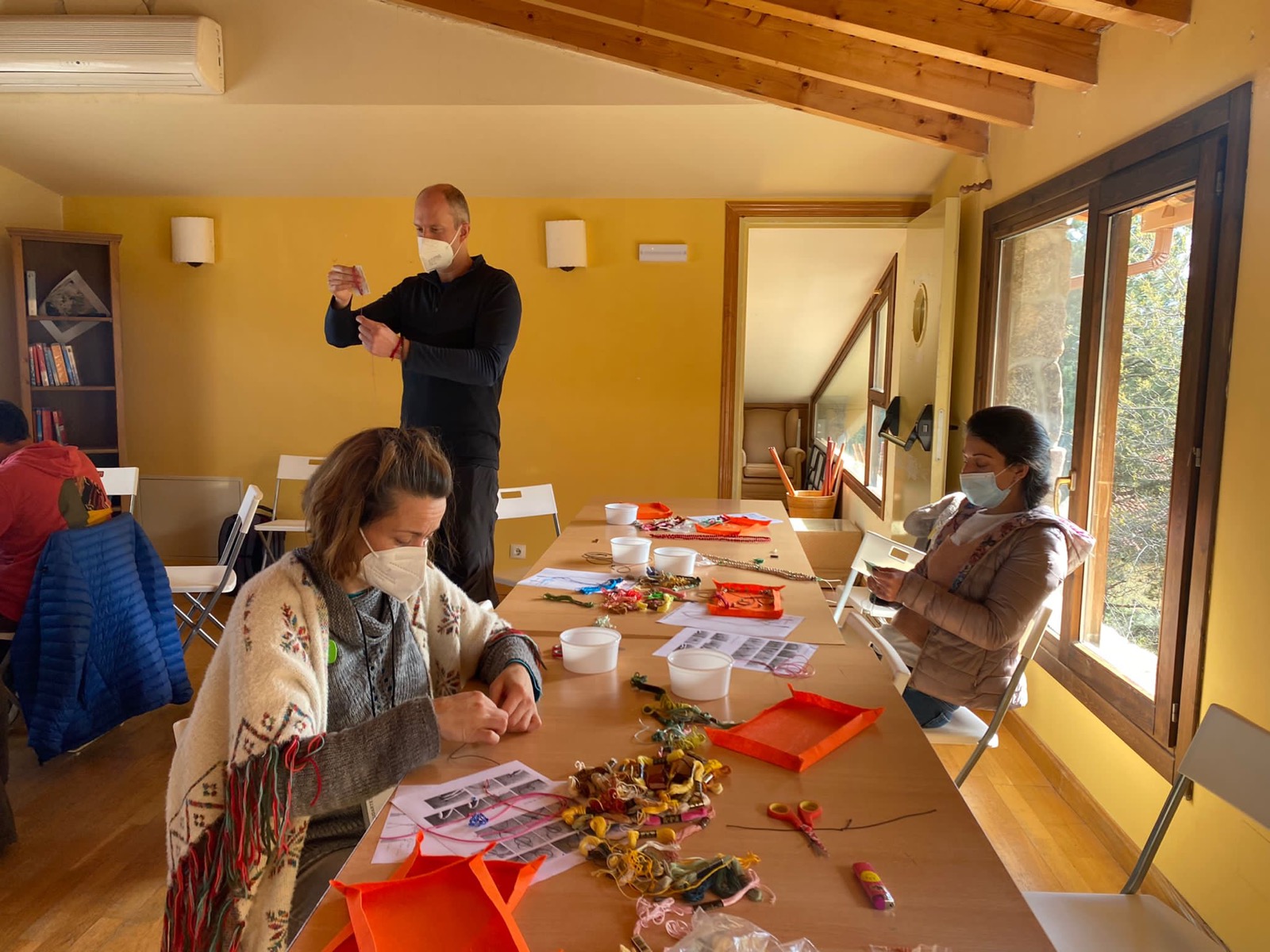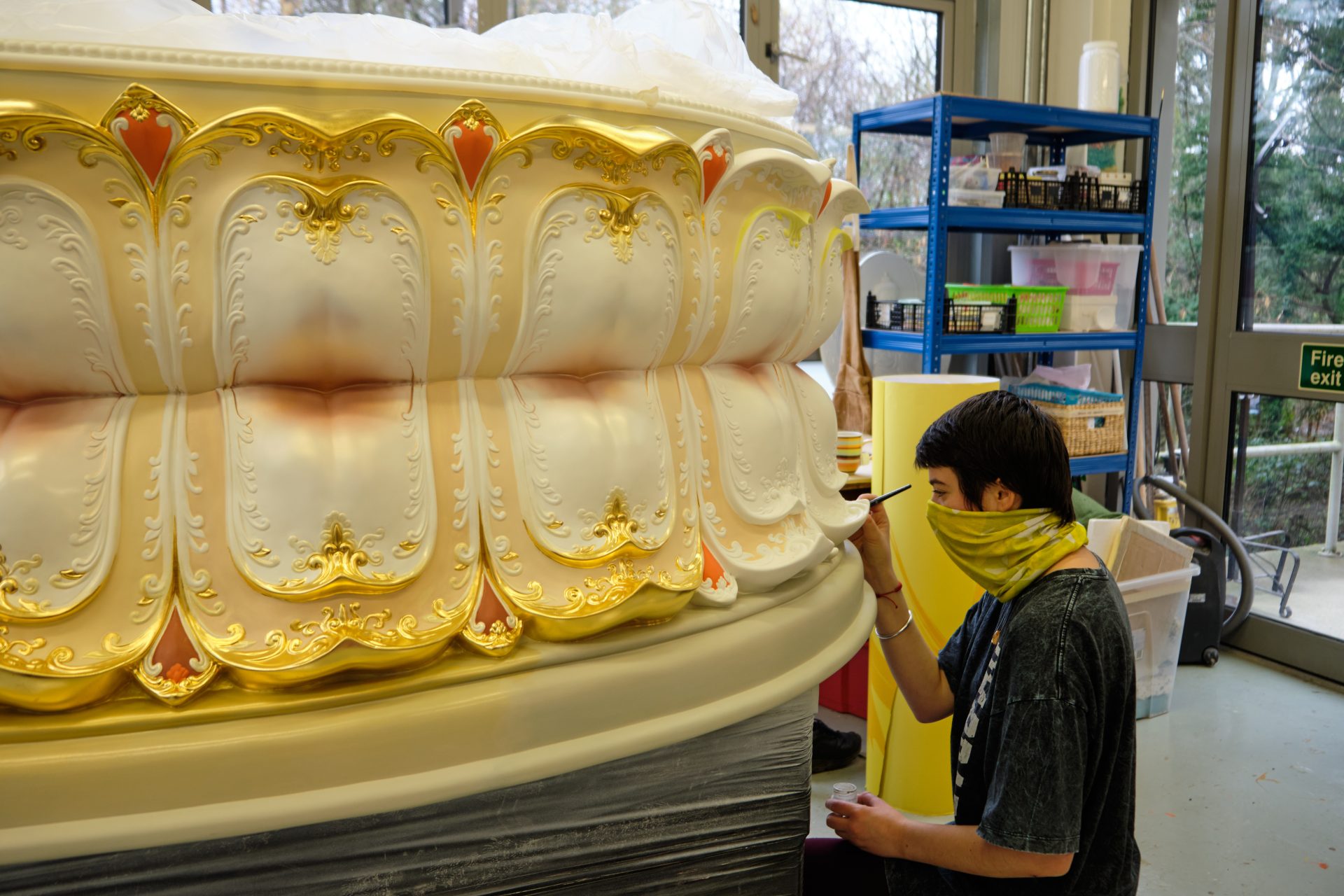Are You Helping Your Team Feel Safe Enough to Take Risks?
Ryan Vaughn shares tips on how to create a culture of innovation in the workplace. The post Are You Helping Your Team Feel Safe Enough to Take Risks? appeared first on Mindful.

I was working with a group of entrepreneurs when one of them brought up a problem he was having. Although he’d intentionally empowered his employees to own the company’s mission and their work within it, and felt that he and the company in general were reaping significant rewards as a result, he was frustrated. He wanted to build a culture of innovation, but he felt that he still seemed to be the source of most good ideas.
The entrepreneur, we’ll call him Sam, led a fast-growing company of around 150 people, and during the time we’d worked together he’d gracefully navigated his company through a significant shift in focus. Given his nearly 20 years in the CEO seat and his natural leadership abilities, he played a mentor role to the other entrepreneurs in the group. He was calm in stressful situations, and no matter how boisterous the group, the others listened when he spoke. I’d long been impressed with his work and his presence, but this latest comment gave me pause.
The other entrepreneurs dove into a tactical discussion of possible solutions to Sam’s issue. But knowing Sam, my instinct was that if what he’d told us had been the real problem, it would have already been solved. In other words, in spite of all his experience and expertise, Sam was missing something critical.
“Where do you see this issue?” I probed. “Is it mostly VPs and Directors, or do you see it with your senior leadership team as well?”
He paused. “No, it’s really just me. My leadership team is amazing at driving results, and amazing at operating, to be honest, but even they don’t instigate. Pretty much all the strategic ideas we’re operating against were my ideas. I’m not that smart, so I really feel it’s limiting us.”
In coaching dozens of founders from top companies across all industries, I’ve found that when a leader describes a problem that exists throughout their company, 99.9% of the time it isn’t an issue with the company. It’s the person steering the ship. While I saw that Sam was likely causing his own problem, I still couldn’t pinpoint exactly how.
“What happened the last time someone brought up a new idea?” I asked.
“We implemented it,” he said, recounting a story from last year in which everything seemed to be working great.
“What about when someone brought up an idea that didn’t get implemented?” I pressed.
He paused.
“That’s actually an interesting question, Ryan,” he chuckled, making the connection without my having to say it. “I see what you’re pointing to.”
The group watched intently as he thought.
“Honestly, I think that when people bring me ideas, I’m not the pound-my-fist-on-the-table type of guy,” he said, seeming to have evaluated and then dismissed the connection he’d made before continuing. “I just want to make sure they’ve done their homework.”
I saw another group member’s eyes light up. I knew I needed to frame this intentionally, so I asked Sam’s permission to reflect my experience of him. He granted it.
“Sam, my experience of you is of someone who is incredibly competent. When I work with this group, I find myself so impressed by your experiences it’s a bit intimidating. I find myself wanting to really do a good job, to match the level at which you’re operating.” He thanked me, graciously. I mustered up the courage to continue with the hard part. “But for me, part of wanting to step up my game is because I also find myself anxious about looking stupid in front of you,” I said, watching his eyes widen. “And you don’t even control my paycheck.”
He leaned back in his chair, smiling sheepishly. “That’s really something,” he said. “Walking into the room with me and my COO—he’s a former Goldman exec, former McKinsey—I’d want to make sure I was buttoned up too. That’s a tough room.”
“I’d definitely want to make sure I did my homework,” I said.
He laughed. “I’m not even sure we have a real definition of what it means to do the homework. That’s probably the place to start.”
The Risk and Rewards of New Ideas
Amidst all the experimentation, technique, and smarts, the act of innovating requires someone to take a very specific risk. To innovate, a person must take the risk that maybe, if things don’t go according to plan, they’re going to look stupid. To create a culture of innovation, leaders must make people feel safe in taking that risk. Intuitively, the greater the innovation, the greater that risk. Counterintuitively, the more impressive the leader (as perceived by their team), the greater that risk.
Intuitively, the greater the innovation, the greater the risk. Counterintuitively, the more impressive the leader (as perceived by their team), the greater the risk.
Founders, CEOs, COOs, or members of senior management are established people. By the time they’ve built a company, landed a position in leadership, and have practiced the kind of polished pitching that wins investors and drives goals, people have polished that impressiveness to a high shine. In front of some audiences, that’s important and gets results. But in the same way that presence attracts investors, that same presence demands those who work with them to match it. Employees at every level see just how successful their founder or manager is (even if they go to bed at night feeling anything but), and alongside their day jobs take on the second job of proving how competent they are.
What Can Leaders Do to Support Risk-Taking?
For accomplished founders like Sam, there’s a (culturally reinforced) instinct to lean in to the impression they make of polished, competent leaders. The unspoken fear behind this is that if they were to show up as who they really are, the people who count on them to lead would stop following. That it’s their ability to at least appear as if they have everything under control that earns them the right to lead. So people endeavor to appear like the perfect leaders, glossing over their own failures and leaning in to their ample successes. This approach is so pervasive Sam didn’t even realize how automatically he and his team were doing it.
But leaving aside overall leadership efficacy, successful and certain leadership directly stifles innovation because a company’s culture is always a direct reflection of its leader’s behavior. And successful and certain leaders breed cultures in which everyone must be successful, and everyone must at least appear certain. My guess is this is what Sam meant by “making sure people did their homework.”
The issue here, of course, is that innovation is by definition uncertain. Trying something bold, audacious, and new requires wrestling with the risk of failure, and choosing to proceed anyway. A culture in which everyone around you seems certain makes it incredibly dangerous for a person to take a risk.
To create a culture of innovation, leaders must show their team that they’re fallible and vulnerable, but (importantly) are also curious and open when an idea presents itself. That’s already who Sam was, underneath it all. For Sam and leaders like him, creating a culture of innovation requires that they drop the illusion of perfection and show their team their humanity, warts and all. By taking their seat as themselves, their success becomes an example not of perfection, but of courage and curiosity in the face of failure and uncertainty.
And that’s the foundation of innovation.
Healthcare Starts With Self-Care
How Dr. Reena Kotecha and Mindful Medics support healthcare professionals so they can show up with compassion and optimal mental and emotional health.
Read More

 ValVades
ValVades 
































